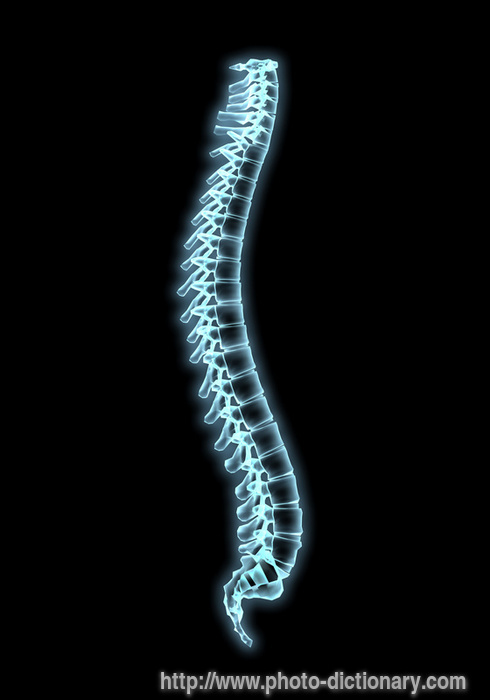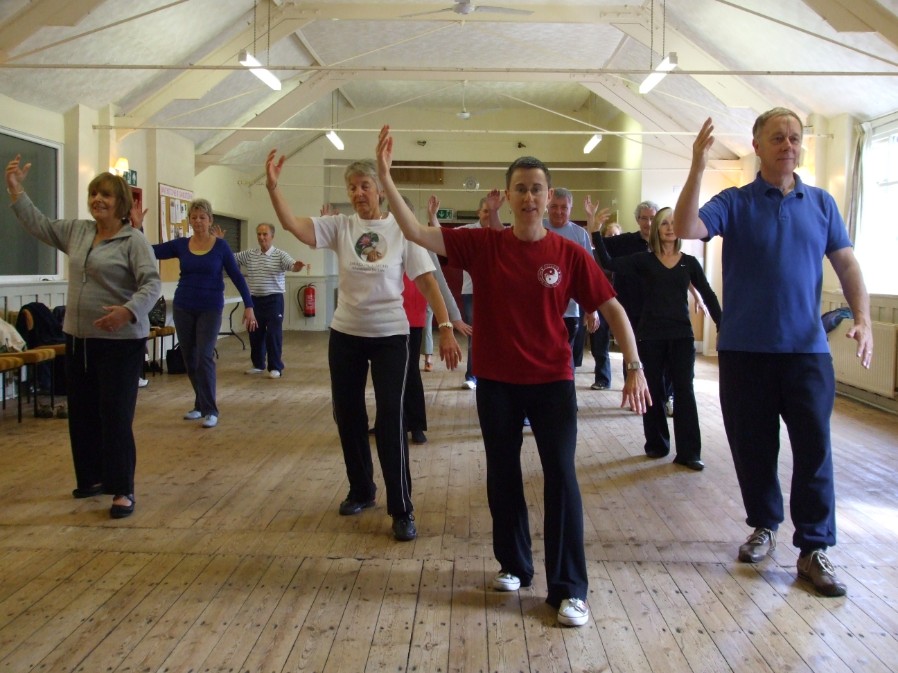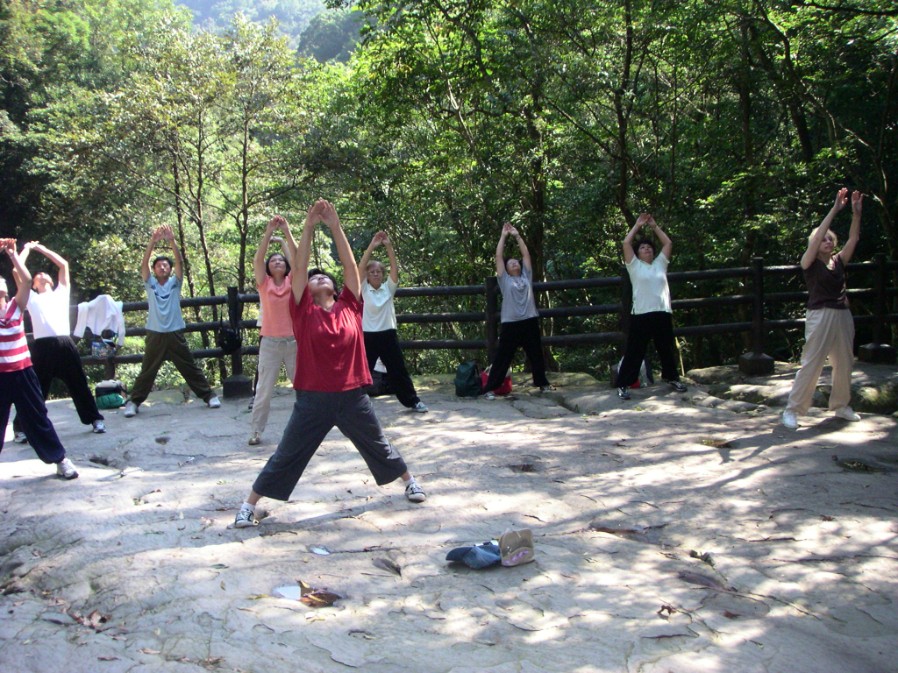What is Tai Chi
Tai Chi is a Chinese internal martial art, an exercise system practised all over the world. As Jan Diepersloot once wrote: “The external arts are based on the energy of the movement, whereas the internal arts are based on the movement of the energy”. Tai Chi is referred to as internal or a soft martial art.
If you go to China, Taiwan or anywhere in the Far East you will see people of all ages practising the soft flowing movements in parks and open spaces early in the morning. The holistic nature of this ancient martial art makes it suitable for people of all ages and levels of fitness as the movements can be adapted to suit all abilities.
Its full name is tai chi chuan, also written in English as tai ji quan or t'ai chi ch'uan, depending on the transcription system used, and it can be translated as 'supreme ultimate fist' (quan = fist or 'boxing' style). The meditative movements have a deep, calming effect upon the mind promoting general well-being. Practice brings about an increased inner strength, greater flexibility and stability of the main joints and improves circulation and blood pressure, digestion, posture, balance, co-ordination, lung capacity and confidence. In accordance to its martial root, on advanced levels, it is also practised for self-defence.
Why A String Of Pearls
The Tai Chi classics talk about the spine hanging, like a string of pearls. By loosening the main joints, ankles, knees, hips and shoulders and by relaxing the prime movers you will allow yourself to 'let go' of your lower back instead of internally holding it tight, then the lower back will open naturally.

To 'hang' the spine and allow its lengthening you also need to feel the head is suspended from above. Each vertebra must open and the curvatures of the spine are ironed out by lengthening, each vertebra like an individual pearl hanging down in alignment. The lumbar spine and pelvis may have a feeling of dangling at the end of this string of pearls.
It is also said that the Tai Chi principles allow movements of such beauty that each movement can be thought of as a pearl, strung to the next movement in the Tai Chi Form.
‘Feel' rather than 'do' - the art of letting go
We begin by learning the sequence of moves, called Forms, but this is just the beginning of the journey, then repetition and refinement of the movements to begin to let the body ‘feel’, rather than ‘do’ the movements. Too much thinking and conscious 'doing' can often lead to tensing up and repeating bad habits of incorrect postural alignment, which may prevent us from deeper relaxation. Through increased awareness and feeling the students learn to work towards correct postural alignment and through slow movements they learn how to use their muscles, joints and the whole body effectively and more efficiently. While activating correct use of postural muscles, this gradual training process leads to gentle strengthening of both supportive and connective tissues in the practitioners' bodies and contributes to revitalising of the circulation and nervous system. This is why Tai Chi practice has been particularly beneficial for people with various conditions, such as osteoporosis, ME, chronic inflammation, chronic pain, after joint replacements, as well as the elderly, or anyone who wants to keep fit the gentle way.
Tai Chi can be practised on many levels; for some it will always be like a beautiful dance, soft, slow, flowing movements which can bring about many health benefits, for others it can begin to be a process of internal change or a powerful self-defence.
As your practice progresses, your knowledge increases and your mind and body relax, you begin to train on a much deeper level and integrate the mind and body to feel strength from within and acquire a more meditative quality in the movements.
Alexander Technique and Tai Chi
I am interested in the health benefits of Tai Chi Chuan and, in particular, in teaching Tai Chi to help people with their posture and alignment. It can help in the same way that The Alexander Technique works to bring about body awareness and to re-educate the body, to find and release tension and change habitual patterns of movement which may be causing pain and dis-ease which will help to relax the whole body. It is not just ‘what’ we practise, but ‘how’ we practise which makes the difference. As you sit reading this... is your jaw a little tight, can you release it? Are you holding any tension in your shoulders, is your chest collapsed, is your lower back slumped, or your legs crossed? When you stand up, do you perhaps lock your knees and lower back? Do you tend to pull in your tummy muscles, are you tightening your jaw, gripping your shoulders and holding your breath while concentrating? It can sometimes feel like we are living in a straight jacket of tension. Similarly like in the Alexander Technique, a good Tai Chi teacher can help you unlock the tension in your body whether it was caused by stress, bad posture or continual pain. We may not even be aware that we are using the body in this way until we start to release and use it differently. Tai Chi can also therefore be a way of learning how to use your body in stillness and in motion and can spill over and help you maintain this in every day life tasks.

Students at the Ravenstone GP Referral class practising the 24 Form
Master Rosa Chen's Sunday afternoon class - practising Zheng Man Qing 37 form.
Theory of Tai Chi
Tai Chi can be theoretically decomposed and explained through several principles, yin and yang, eight methods, five steps, centre principles, to name the core ones.
Yin Yang...
The
universal principle of yin and yang, often a source of confusion as well as a source of
misinterpretation of taoist philosophy,
actually represents a symbol of a dynamic balance of ever present
mutually complementing aspects, constantly transforming into each
other. As a relaxed mind requires concentration, a relaxed body
must possess inner strength. The mother of every movement is stillness,
but in every stillness there is movement; there is no firmness
without softness. In Tai Chi Chuan we can observe how yin and yang
corresponds with openings and closings, expanding and contracting,
firmness and yielding, substantial leg supporting the body,
insubstantial leg able to change direction instantly. The principle is
applied both to the upper and lower body, while the balance is
sought, movements must be neither too soft nor too hard.
Ba Fa
The eight methods involve eight energies of the body from which all skills and methods are derived. They are also the eight hands-skill methods, the fundamental techniques, the main structure for pushing hands practice. They are peng (warding off), lu (rollback or diverting), ji (squeezing or crowding), an (pushing or pressing down), cai (plucking), lie (splitting), zhou (elbowing) and kao (bumping or shoulder).
Wu Bu
There are five steps in Tai Chi. Hand skills can only work efficiently if the body moves into the right position. The five footwork skills are jin (advance), tui (retreat), zuo-gu (guard left), you-pan (anticipate right); the fifth one, zhong-ding (the central equilibrium) is to create a point of energy which is straight and balanced to prepare the body to be able to do anything.
Springy lengthening through the torso and limbs
As mentioned previously the relationship of the head and pelvis and lengthening through the spine is of vital importance in Tai Chi practice. But why and how is it achieved?
One of the most important Tai Chi sensations is peng. There is a sense of buoyancy throughout the whole body. It is present all the time as a kind of outward-expanding energy. It is also a vertical circular sensation that spirals up and outwards intercepting and warding off an advancing force.
Peng energy arises from a springy kind of flexibility of the whole body which arises from a springy lengthening through the body and limbs.
In order to achieve this lengthening there is a series of lengthening intentions and motions to work towards:
gently leading the head up by relaxing muscles of the head and neck; this head floating up feeling is combined with leading breath and energy into the lower abdomen area (dan tian)
no conscious efforts are made to pull the tail bone down, but rather one can visualise an additional weight pulling it down which will eventually, using regular practice, tuck the tail bone in, without forcing any movement consciously; this lowers the centre of gravity which increases stability
relaxing (emptying) the chest and pulling up the back – the chest is neither caved in nor pushed out, just like a weight-bearing column is not allowed to bend, the chest is there to support and assist the lengthening of the spine
releasing the shoulders and sinking the elbows – the shoulders, elbows and wrists
co-ordinate lengthening and spiralling of the arms
rotating with open hips and relaxed waist (kua) – as the ankles and feet relax on the ground, there is lengthening and spiralling in the legs, gentle torsion within the thighs; while outside rotates outward, the outside lengthens and the inside contracts; movement is driven from the centre, the whole body can promote spiralling and extend it into the arms and hands. With gradual improvement, extraordinary spiralling strength can be cultivated throughout the body.
Aspects of training and training tools
Standing practice (zhan zhuang - stake or pile standing) is a standing meditation. From an anatomical and mechanical point of view, it is probably the first method of preparing the body's main springs - the legs (foundation), the centre-line (torso), and the arms (sphere) for an efficient movement of the whole body as one. The practice first of all cultivates the essential awareness of the rooting and the vertical feeling of our body. We constantly seek optimal stability of our vertical body by cultivating awareness of the tiniest deviations from the ideal or correct postures in various stances.
Push hands is a training method for partners with their hands, or parts of their arms, in contact, serving to develop the ability to understand one's centre and to recognise the opponent's centre and balance and to sense their intent by tactile sensation. One of the most important but also most frequently misunderstood aspects of push hands is that the co-operation of a partner is required to promote learning. Having said that, push hands can acquire many different forms and styles including free and competitive forms of various kinds depending on the goal.
Tai chi ball can help strengthen the body and improve the body's structure, to reinforce correct alignment, to enhance circulation and endurance, to improve the co-ordination of breathing and movements. Tai Chi ball training can also help to build inner energy and lead it to the major gates of the body. It allows the learning and mastering of soft martial art skills, such as listening, adhering, following, connecting, coiling, rotating, spiralling, especially when practising with a co-operative partner.
Master Huang's 20 important points
When practising Tai Chi we should aim to be focusing on the main principles. Master Huang Sheng-Shyan (Huang xin xian) referred to 20 points. Translated by Wee Kee-Jin for the Tai Chi Chuan Form and Chi cultivation.
2 The body has to maintain an upright position without leaning or tilting.
3 Empty the chest, relax the shoulders and drop the elbows.
4 Tuck in the back and keep a light consciousness on the crown of the head.
5 Ensure the tailbone and the buttocks are relaxed and hanging.
6 Bring the Spirit (mind awareness) within to cultivate the Chi.
7 Maintain an awareness of the three centres (centre of palms, dantien and bubbling well).
8 Use the mind, not brute force, to stay in your centre.
9 Calm the mind, relax the body and maintain an awareness of the body.
10 Initiate all the turning from the hips and waist.
11 When stepping forward or backward, the substantial and insubstantial feet must be clearly differentiated and firmly grounded.
12 The legs initiate the forward and backward movement.
13 In calmness there is movement and in movement there is sinking.
14 Upper and lower body must synchronise harmoniously, without dispersed movements.
15 Relax the neck, sink the shoulders and drop the elbows.
16 Three things that should never be locked straight in the form: the body; the arms; the legs.
17 Maintain continuity without any breaks, internal and external in harmony.
18 The hands move like reeling silk from a cocoon and the feet move like a cat in motion.
19 Have faith, modesty and perseverance and success will prevail.
20 Fully understand the Tai Chi Form and the applications will be natural.

Master Chen Hsiu Yao (Rosa) and her students practising 5 Animals in the mountains in Taiwan. My mum, Sylvia, is on the far right!
